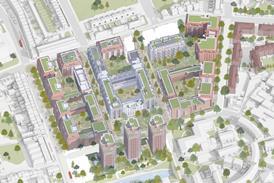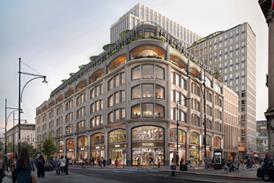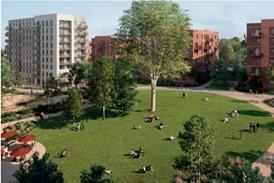- Home
- Intelligence for Architects
- Subscribe
- Jobs
- Events

2025 events calendar Explore now 
Keep up to date
Find out more
- Programmes
- CPD
- More from navigation items
The rise of single-family housing: Why BTR’s future is suburban

Emily Newton explores how Single Family Housing is reshaping Build to Rent, with new investment, suburban intensification and the chance for better placemaking
The Build to Rent (BTR) sector is continuing to evolve, with Single Family Housing (SFH) gathering real momentum. Since 2023, over £3.7 billion has been invested in funding or acquiring SFH schemes, accounting for nearly 40% of all BTR investment in that period.
As architects, we are seeing a market shift that mirrors how people actually want to live. Houses already make up more than 60% of UK rental stock and half of renters live in suburban areas, yet institutional BTR has until recently been focused on high-density urban apartment blocks. That is changing.
Knight Frank’s Next Gen Living report shows 71% of investors plan to target SFH by 2029, and 2024 has already seen a 24% increase in completed deals compared to the previous year. It is a sign that the sector is waking up to the needs of families, downsizers and others looking for long-term, stable rental homes in more suburban and community-focused settings.
…
This content is available to registered users | Already registered?Login here
You are not currently logged in.
To continue reading this story, sign up for free guest access
Existing Subscriber? LOGIN
REGISTER for free access on selected stories and sign up for email alerts. You get:
- Up to the minute architecture news from around the UK
- Breaking, daily and weekly e-newsletters
Subscribe to Building Design and you will benefit from:

- Unlimited news
- Reviews of the latest buildings from all corners of the world
- Technical studies
- Full access to all our online archives
- PLUS you will receive a digital copy of WA100 worth over £45
Subscribe now for unlimited access.






